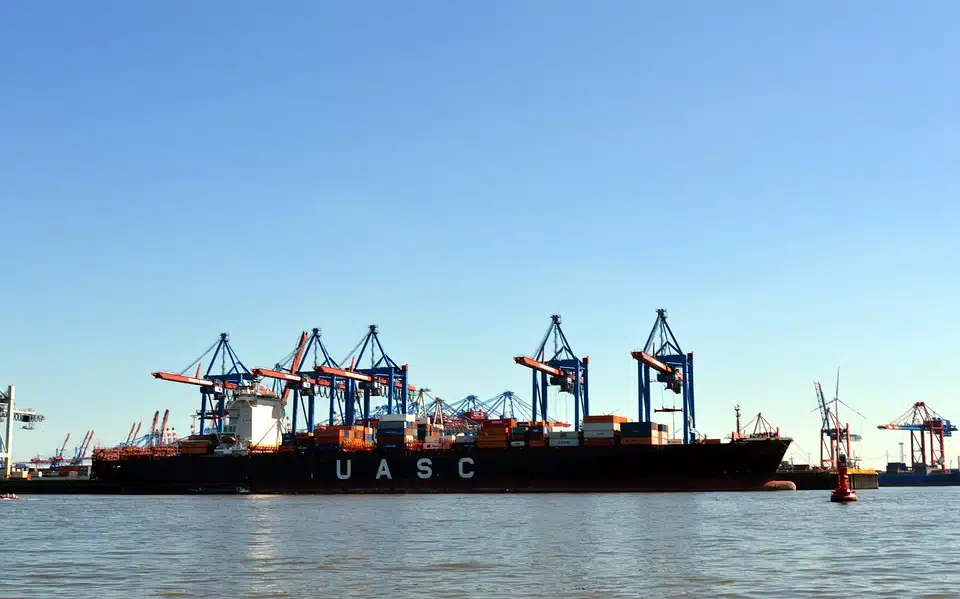Oil futures experienced a gain during Friday’s session, albeit losing over 5% for the rest of the week. The flash service PMI reports from overseas were not as bad as expected, whilst the U.S flash PMI for both had exceeded expectations, thus providing oil support. Although oil prices had temporarily stabilised during short-term heightened growth, the major impact on oil prices resulted from geopolitical tensions such as the US-China trade war, leading prices to plummet throughout the week. However, much of the strength of the oil prices comes from market factors like OPEC efforts to curb production by reducing supply by 1.3 million barrels per day.
Oil prices have been fluctuating due to a combination of factors. On Friday, June West Texas Intermediate crude (WTI) of the New York Mercantile Exchange increased by 72 cents equating to around 1.2% to settle at $58.63 per barrel. Meanwhile, global benchmark July Brent crude saw an increase of 93 cents amounting to approximately 1.4% to $68.69 per barrel on ICE Futures Europe. Despite this, oil futures experienced a loss of over 5% for the rest of the week. However, the overall outlook for oil is still positive due to efforts from OPEC in curbing production to support oil prices.
Oil’s recent rebound can partially be attributed to better than expected flash service PMI reports from overseas, which indicate the health of the manufacturing sector due to trends in new orders and distribution. Both France and Germany’s Purchasing Manager Index (PMI) reports were better than expected in the manufacturing sector. Furthermore, the U.S PMI for both the service and manufacturing industries had surpassed expectations, thus providing support for oil. According to Andy Haldane, Chief Economist at the Bank of England, economies are now experiencing more steady, better-balanced growth which has the potential to overcome the headwinds mentioned in the IHS Markit report.
However, despite these positive geopolitical developments, the weakened oil prices throughout the week can be attributed to many external factors that work to undermine oil. Most of the recent weakness for oil was due to ongoing concerns about global economic conditions and their potential impact on demand growth expectations. The US-China trade war is one example of this external factor affecting oil prices, as the dispute between the two economic behemoths has caused a drop in global demand and has hindered oil prices.
Another external factor affecting oil prices is OPEC output targeting. In an effort to curb production and thus reduce supply, OPEC has emphasized its intention to cut output by 1.3 million barrels per day to support oil prices. Furthermore, prices have been affected by disruptions in global supply chains as a result of geopolitical tensions between the US and Iran. Additionally, natural disasters such as Tropical Cyclone Veronica in Western Australia which temporarily shut down over a dozen iron ore ports, refineries and LNG plants, impacted oil supply.
Moreover, it is important to note that geopolitical tensions are not the only factor causing oil prices to plummet. The recent weakness in global economic conditions also plays a significant role in curbing demand growth. Despite some improvements noted in the flash PMI reports, the growth and manufacturing measurements are still weak, creating uncertainty in the global economy.
Overall, it appears that oil prices have experienced a bumpy ride throughout the past week. Partly due to geopolitical tension and rising economies, oil prices faced a beating with an approximate 5% loss seen over the week. The upbeat PMI data provides some immediate relief for oil prices, indicating global oil demand growth may not be as weak as initially feared. The continued reassurances from OPEC to cut supply also indirectly supports oil prices. However, it remains essential to monitor the potential impact of external market factors such as geopolitical tensions that may pose as risks to the growth of the oil industry.


